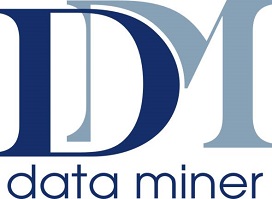Target Audience
CompTIA Security+ is aimed at IT professionals with job roles such as security architect, security engineer, security consultant/specialist, information assurance technician, security administrator, systems administrator and network administrator.
Course Prerequisites
Students should meet the following criteria prior to taking the course:
- Recommended that students have taken CompTIA Network+ certification course and exam, together with 24 months experience of networking support/IT administration
- Know the function and basic features of PC components
- Able to use Windows to create and manage files and use basic administrative features (Explorer, Control Panel and Management Consoles)
- Know basic network terminology and functions (such as OSI Model, toplogy, Ethernet, TCP/IP, switches and touters)
-
Understand TCP/IP addressing, core protocols and troubleshooting tools
• Lesson 1: Comparing Security Roles and Security Controls
• Lesson 2: Explaining Threat Actors and Threat Intelligence
• Lesson 3: Performing Security Assessments
• Lesson 4: Identifying Social Engineering and Malware
• Lesson 5: Summarizing Basic Cryptographic Concepts
• Lesson 6: Implementing Public Key Infrastructure
• Lesson 7: Implementing Authentication Controls
• Lesson 8: Implementing Identity and Account Management Controls
• Lesson 9: Implementing Secure Network Designs
• Lesson 10: Implementing Network Security Appliances
• Lesson 11: Implementing Secure Network Protocols
• Lesson 12: Implementing Host Security Solutions
• Lesson 13: Implementing Secure Mobile Solutions
• Lesson 14: Summarizing Secure Application Concepts
• Lesson 15: Implementing Secure Cloud Solutions
• Lesson 16: Explaining Data Privacy and Protection Concepts
• Lesson 17: Performing Incident Response
• Lesson 18: Explaining Digital Forensics
• Lesson 19: Summarizing Risk Management Concepts
• Lesson 20: Implementing Cybersecurity Resilience
• Lesson 21: Explaining Physical Security
Auditoriniai mokymai
| Pradžios data | Trukmė, d. | Kurso pavadinimas | Kaina, € | Statusas |
| 2024-02-05 | 5 | CompTIA Security + | € 1,250 | |
| 2024-02-05 | 5 | CompTIA Linux+ | € 1,250 | |
| 2024-02-19 | 5 | CompTIA A+ | € 1,300 | |
| 2024-03-25 | 5 | Kompiuterinių tinklų pagrindai pagal CompTIA Network+ | € 1,300 | |
| 2024-05-20 | 5 | CompTIA Server+ | € 1,300 |

